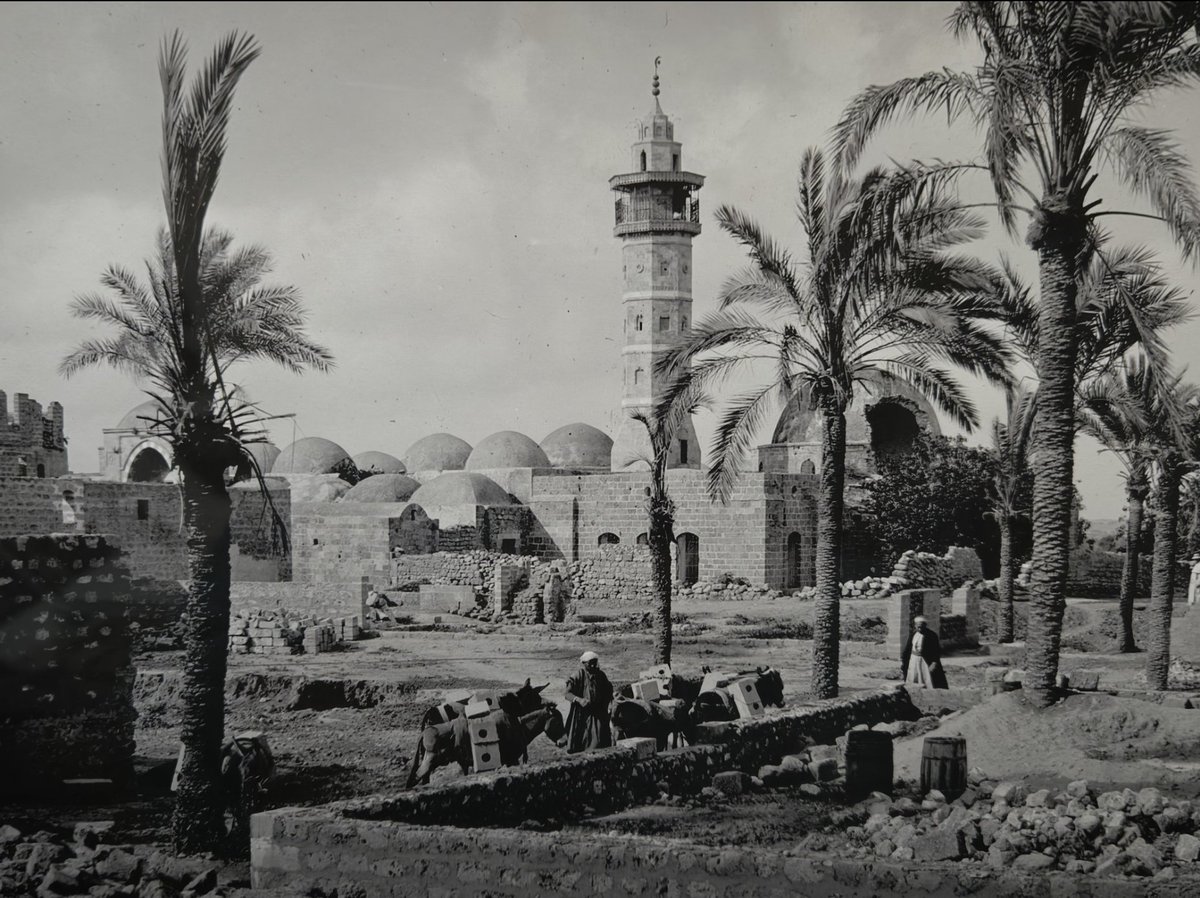The temple of Ta Prohm was built in 1186 by the great Buddhist convert, Jayavarman VII, who broke with centuries of Hindu kingship to establish a new Buddhist order at the centre of the Khmer Empire. 

An inscription records that the temple was built in memory of his mother, honoring her as Prajnaparamita, and surrounded her with 600 dependent gods and bodhisattvas, though none of these associated icons has been found. 

An inscription records that Jayavarman instituted a health care network that consisted of 102 regional “hospitals” that were dedicated to Bhaishajyagura, the Indic god of healing. It had 439 professors, 970 scholars, 66,625 people employed to serve the deities. 

Jayavarman's was a thoroughly ecumenical Mahayana Buddhism that continued to honour Hindu deities, but was also one that was theologically sophisticated and ambitious. 

The temples at Ta Prohm was part of a triad of new temples constructed in pursuit of this vision. Ta Prohm representing Jayavarman'smother); Preah Khan, his father); and Angkor Thom represented himself as the Bodhisattva. 

This formed a triad respectively illustrating Prajnaparamita (wisdom), Lokesvara (compassion), and the Buddha (enlightenment). 

Adding to the triadic symbolism was that Ta Prohm was built to the southeast and Preah Khan to the northeast of the city of Yasodharapura, which was centered on the soon-to-be-completed Bayon at Angkor Thom. 

As one art historian has put it, "Symbolically, therefore, wisdom& compassion gave birth to enlightenment (Jayavarman), who stood at the center of the Bayon as the four-faced omniscient bodhisattva who looked down on his subjects with a half smile and a benignly powerful glance." 

The construction seems to have been done with urgency & reflected his own race against time: he assumed the Khmer throne at the age of sixty & although he would retain the throne for over thirty years, he had no assurance that he would live to complete his personal redemption 

With thanks my sponsors @WildFrontiers,
to the fabulous @Amanresorts for putting me up & amazingly comfortable and luxurious @SingaporeAir for the flights.
to the fabulous @Amanresorts for putting me up & amazingly comfortable and luxurious @SingaporeAir for the flights.
• • •
Missing some Tweet in this thread? You can try to
force a refresh




























